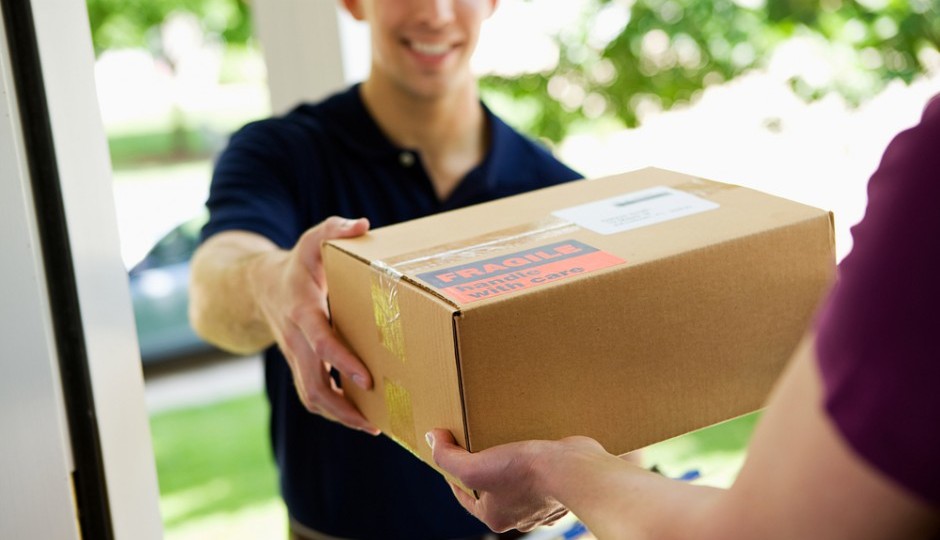How the On-Demand Economy Could Bring New Vitality to Kingsessing (and a Bunch of Other Philadelphia Neighborhoods)
When you think about Instacart or Postmates or even Uber, chances are the next thing on your mind isn’t urban planning. Just gimme my Shackburger, jeez! But there’s growing curiosity about how these new-age on-demand services could nudge cities — especially walkable, bike-friendly cities like Philadelphia — in the direction of becoming truly car-free societies.
Delivery-culture is changing city living in a big way (bigger even than making us all online-shopping homebodies). Or that’s the thesis of a story in the latest issue of Washingtonian, which argues that the transformation is well underway in Washington, D.C.. The author, Benjamin Freed, points out a new 45-unit apartment building in the Northeast section of the city to illustrate how the evolution is unfolding. The nearest metro station is more than a mile away. There’s no streetcar to speak of. Nearby bus service is OK, but nothing special. But people are coming anyways. Without cars, no less.
Why? They don’t need them like they used to. With the touch of an app, residents of the Ditto Residential apartments can order groceries or bulk supplies or takeout, sans automobile. And when they really need a car, there’s Car2Go and Zipcar and Uber. Of course, that’s nothing new: these companies have been well-known for some time. But what’s revealing about the Ditto apartments is how the developers circumvented minimum-parking requirements in the zoning code to make for a cheaper apartment not only for themselves (lower construction costs) and residents (lower rent).
According to the article, Ditto convinced the city to make an exception to the zoning code that requires one parking space to be provided for every two residential units in that section of Northeast Washington. Instead …
Ditto has to give free car-share or bike-share memberships to its tenants for five years, and it has to put up an electronic billboard in its lobby that shows arrival and availability information for nearby forms of transportation, in real time. This wasn’t the wholesale zoning change that walkable-city advocates wanted, but it was a neat illustration of the way 21st-century ideas about transportation are beginning to reshape the city.
That saved over a half-million dollars in construction costs that would’ve gone to underground parking and been passed down to renters, who would’ve paid an additional $2,000 annually. It’s precisely the type of tangible change that car-sharing can have on housing affordability, a subject Citified and other outlets have written about before.
Of course, housing demand in D.C. is much stronger than in Philly, mostly because of a booming jobs market in the metro area. Still, imagine, in time, the impact that such a car-sharing arrangement could have for residents of Southwest Philly or Germantown. Both are neighborhoods with limited access to public transit. But with the rise of delivery and on-demand services, they’re not as inaccessible as they once were. If it’s increasingly convenient to live in those sections of the city without a personal car, and if developers don’t have to pay to create parking spots, those neighborhoods could become affordable and attractive destinations for a broader swath of residents.
Except in Philly we’re having trouble letting go of our four-wheeled friends. Bicycling is exploding and we’re a pedestrian-accessible city. But according to an Enterprise CarShare survey, 32 percent of Philadelphia members own or lease a vehicle besides the one they borrow. That’s significantly worse than any of the other five cities polled.
Then again, Council is considering a double-digit increase in the parking tax in order to pay for schools, and the city’s zoning code does now allowing for exceptions to minimum-parking requirements. So maybe the winds of change will be blowing soon.
